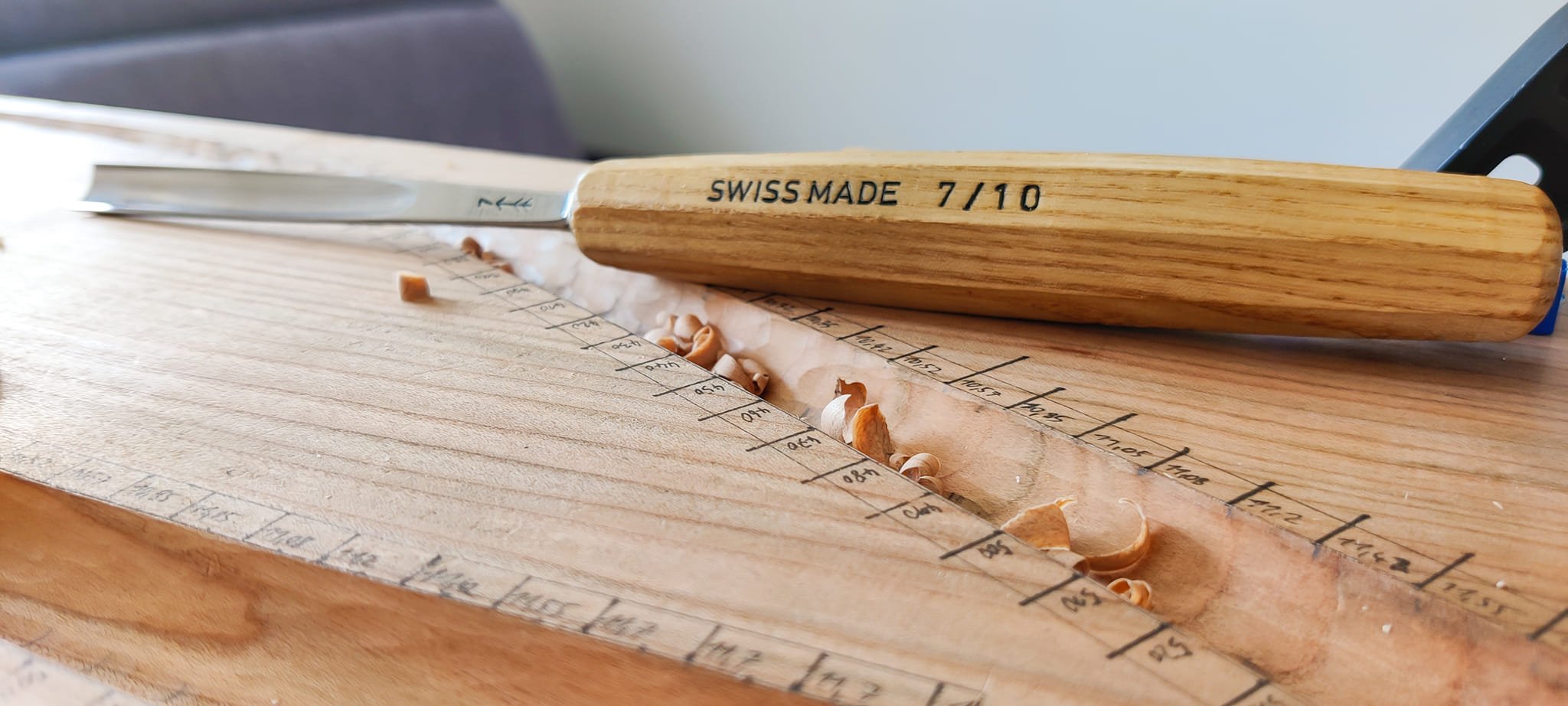
Cornetto, Zink,
Cornet à bouquin
Crafting Rays of Sunshine
to Pierce Shadows
Unique, Symbolic, and Challenging, cornetts emerged in the late 15th century in the hands of South-German pfeifers, revolutionizing alta cappella and eventually evolving into a solo instrument. They earned admiration as virtuoso instruments renowned for their unparalleled vocal quality. However, they faded into obscurity a century later…
Despite their apparent simplicity at first glance and the intricacies of their design, the cornetto (known as Zink in German and Cornet à bouquin in French, all with the same meaning) is a captivating wind instrument enveloped in numerous mysteries still being unraveled. Emerging alongside the innovations of Leonardo Da Vinci and Galileo Galilei, the cornett beautifully encapsulates the spirit of the late Renaissance period and its experimental and progressive exploration of mathematics, geometry, music, and more.
This fascination is ever-evolving and continues to grow. We, Andrew and Patrik, find boundless inspiration in exploring, researching, and crafting cornetts. Welcome to our webpage, which is not just a showcase of our product portfolio but also a platform to share our experiences. Our hope is that it becomes a valuable resource for anyone passionate about discovering more about this extraordinary instrument.

Testimonials

What Symbolism Lies Within the Cornett?
The world of the cornett is a realm shrouded in mystery and rich symbolism. While early cornetts likely took the form of straight instruments with mouthpieces, they evolved over time into the curved and leather-wrapped wonders we recognize today. The most iconic of these instruments are attributed to the Bassano family, a Jewish dynasty of wind instrument makers with roots in both Venice and London.
When we delve into the original instruments bearing the distinctive moth-like (or maybe rabbit foot) maker's marks of the Bassano family, we discover a tapestry of symbolic elements. To begin with, cornetts bear a resemblance to serpents, particularly the tenor cornett (known as the "cornetto torto" or "cornon," as named by Praetorius) or the serpent. This resemblance is accentuated by the black leather or parchment coverings that are typically used to ensure a tight seal and bond between the two halves of wood. This combination alone imbues the instrument with a mesmerizing aesthetic. The octagonal shape, designed for ergonomic play, is crowned by a diamond-cut top, serving both ornamental and practical purposes. It cleverly conceals any irregularities in the octagonal shape while symbolically portraying the scales on a serpent's tail.
The most ornate of the Bassano instruments feature hand-drawn embossings of various arabesque motifs, most notably the cypress tree. This is undoubtedly a deliberate symbol, as cypress trees have been planted in cemeteries since Roman times, representing an "arrow to the heavens" that remains "sempervirens," forever green. They symbolize eternity and the afterlife.
Yet another layer of symbolism lies in the choice of material for these instruments. For some of the most renowned and beautifully ornamented cornetts, the Bassano family selected Taxus, a highly poisonous tree often referred to as the "death tree."
But why does an instrument that produces such angelic sounds carry such dark symbolism, seemingly tied to death at every turn? Perhaps it's a form of "memento mori," a reminder of mortality. Alternatively, we might consider shifting our perspective from death to the great mystery of the afterlife. Cornetts found their place as one of the first instruments used in churches, often alongside organs. The legacy of Monteverdi's "L'Orfeo" places cornetti at the moment of crossing into the otherworldly realm, emphasizing their role in transcending the earthly to explore the mysteries of the beyond.
Feel free to contact me
Do you have questions?
Are you interested in trying out cornetts?
I will be eager to answer!

